
Paul Gauguin (French, 1848–1903), Vessel with Women and Goats, ca. 1886–1887. Stoneware. H. 7 7/8". (Courtesy, The Metropolitan Museum of Art, Robert A. Ellison Jr. Collection, Purchase, Acquisitions Fund; Louis V. Bell, Harris Brisbane Dick, Fletcher, and Rogers Funds and Joseph Pulitzer Bequest; and 2011 Benefit Fund, 2013.)
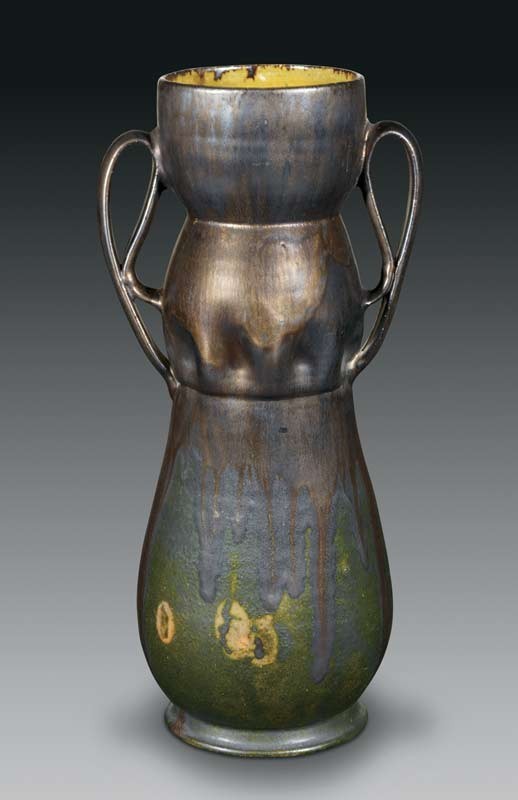
George E. Ohr (American, 1857–1918), Large handled vase, 1895–1900. Earthenware with copper, gunmetal, and other glazes. H. 14". (Private collection; photo, courtesy of Eugene Hecht.)
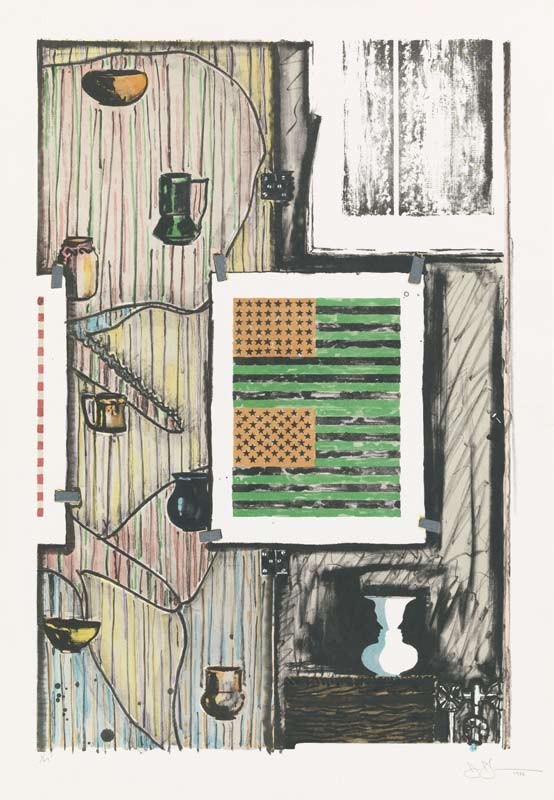
Jasper Johns (American, b. 1930), Ventriloquist, 1986. Set of eleven lithographs, two with chalk, one with pencil, one with crayon additions. (Courtesy, Museum of Modern Art; Gift of the artist; photo © 2014 Jasper Johns / Licensed by VAGA, New York.)
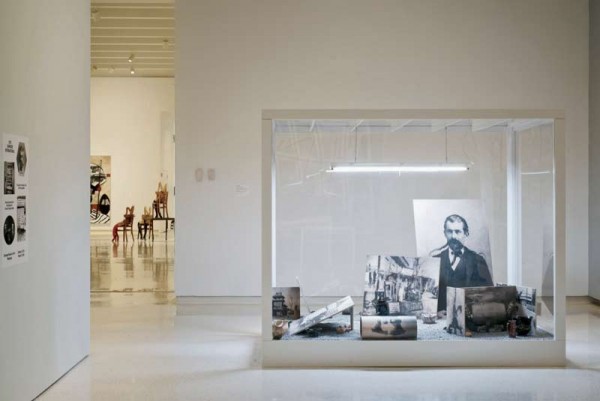
Pierre Leguillon (French, b. 1969), A Vivarium for George E. Ohr, 2013. Installation of thirty ceramics from the collection of Carolyn and Gene Hecht, and one ceramic from the Carnegie Museum of Art. (Courtesy of the artist. Supported by Étant donnés: The French-American Fund for Contemporary Art; photo © Carnegie Museum of Art.)
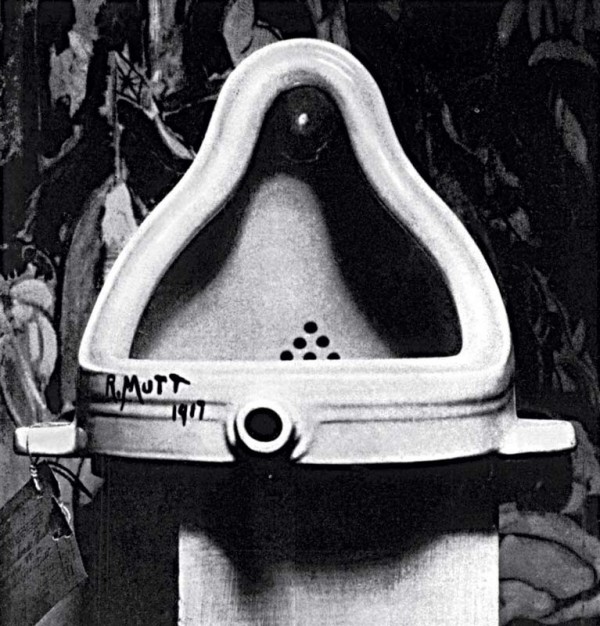
Marcel Duchamp (American, born France, 1887–1968). Fountain, 1917. Porcelain urinal, dimensions unknown, destroyed. (Photo, Alfred Stieglitz.)
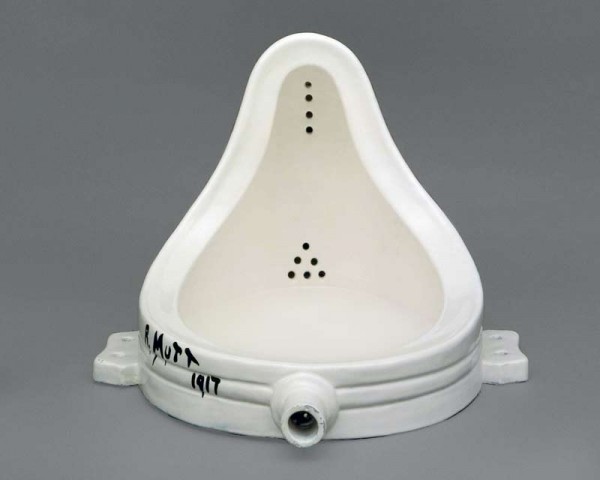
Marcel Duchamp (American, born France, 1887–1968). Fountain, 1964. Glazed earthenware. H. 24". (© Tate, London. © Succession Marcel Duchamp / ADAGP, Paris, and DACS, London, 2014.)

Kazimir Malevich (Russian, born Ukraine, 1878–1935). Suprematist Teapot, State Porcelain Factory (Russia) designed 1923, manuf. ca, 1930. H. 6 1/2". Porcelain. (Courtesy, Collection of Kamm Teapot Foundation, 2006.116; photo, Kevin O’Dwyer.)
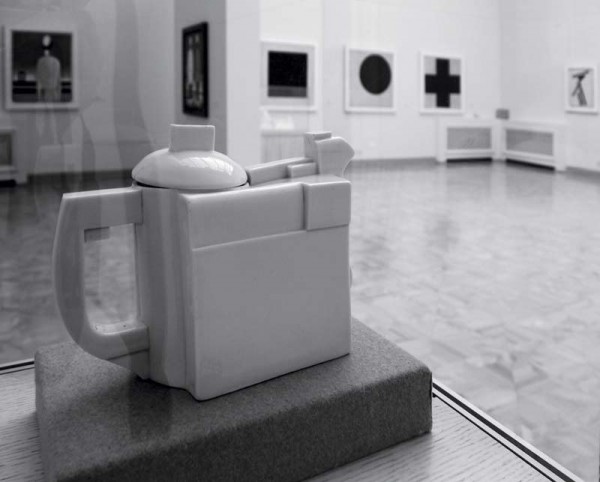
Kazimir Malevich (Russian, born Ukraine, 1878–1935), Suprematist Teapot, as seen in the galleries of the Hermitage Museum, 2004. (Courtesy, TheState Hermitage Museum, St. Petersburg.)

Meret Oppenheim (Swiss, 1913–1965). Object, 1936. Fur-covered cup, saucer, and spoon. D. of cup 4 3/8", D. of saucer 9 3/8". (Courtesy, Museum of Modern Art, New York.)

Pablo Picasso (Spanish, 1881–1973). Grand vase aux femmes voiles. Terracotta. H. 26 3/4". (Courtesy, Christie’s; photo by Yousuf Karsh [1908–2002].)

Lucio Fontana (Italian, born Argentina, 1899–1968). Impossible Bottle, 1949. Glazed earthenware. (Courtesy, Frankel Foundation for the Arts.)
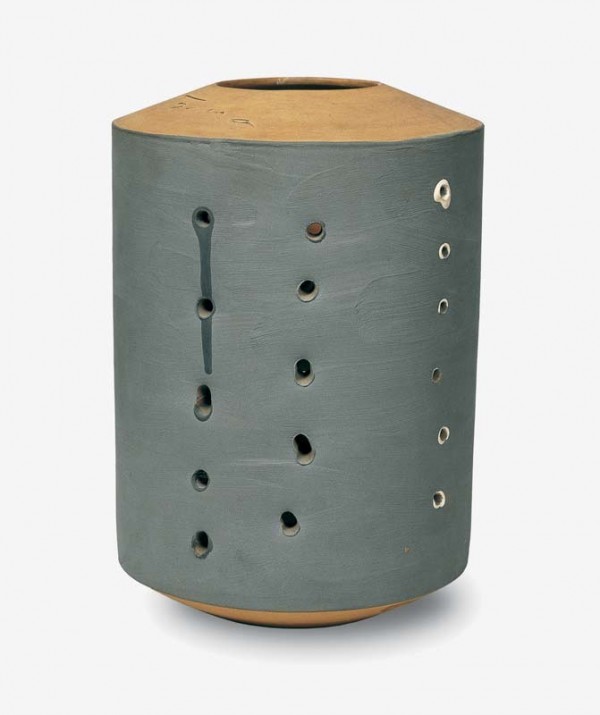
Lucio Fontana (Italian, born Argentina, 1899–1968), Concetto Spaziale, ca. 1957. Earthenware with slips and glaze. 9 1/2" x 7" x 7". (Courtesy, The Hockemeyer Collection.)
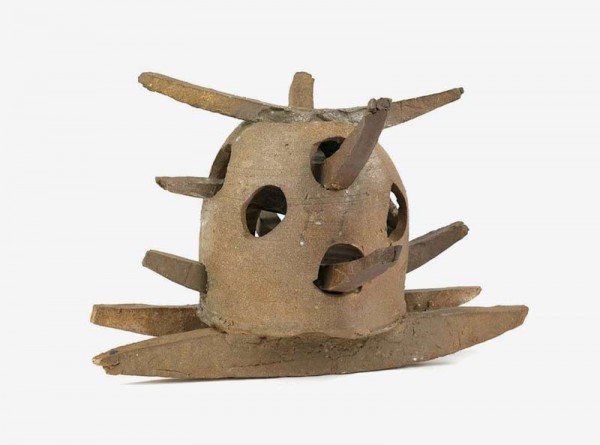
Peter Voulkos (American, 1924–2002). Rocking Pot, 1956. Stoneware. 13 5/8 x 21 x 17 1/2". (Courtesy, Smithsonian American Art Museum, Gift of the James Renwick Alliance and various donors and museum purchase. © Peter Voulkos.)

Ken Price (American, 1935–2012). Untitled Cup (Geometric Cube Cup and Object), 1974. Painted and glazed ceramic. H. of cup 4". (Courtesy, The Menil Collection, Houston, Bequest of David Whitney, © Ken Price; photo, © Fredrik Nilsen.) Image may not be reproduced without permission from the Menil Collection.

Roy Lichtenstein (American, 1923–1997). Ceramic Sculpture #9, 1965. Glazed ceramic. H. 11". (© Estate of Roy Lichtenstein.)

Ai Weiwei (Chinese, born 1957). Ai Weiwei Dropping a Han Dynasty Urn, 1995/2009. Three silver gelatin prints. Each 58 1/4" x 47 5/8". (Courtesy of the artist. © Ai Weiwei.)
